#DirectInjection
Piston Slap: Roughing It in Tucson?
Steven writes:
Hi Sajeev,
I have a 2016 Hyundai Tucson 1.6T with 90K and I have an intermittent issue of a rough idle with the A/C on — it feels very jumpy and did not have this issue before. When you turn it back off the idle becomes smooth again. I’ve cleaned the MAP and boost pressure sensors as well as removed the throttle body to clean it — it had a little gunk at the bottom of it but it looked really clean. That seemed to clear up the problem, but the issue came back again. I know it’s due for another spark plug change (as Hyundai says every 45K) so I’ll get that done soon. but I’d like to trace this down while I’m doing the work under there.
Any ideas?
PS: And no, it’s not under warranty — as countless others have claimed.
Piston Slap: Earth Dreams of Carbon Buildup?
Dear Sajeev,
I have a 2015 Honda Fit LX manual, purchased new. From day one I noticed a slight momentary hesitation under moderate acceleration when the engine was cold. I took the car to the dealer after a few weeks but they could not duplicate the problem. I dropped it off again and left it overnight, hoping a cold engine would allow them to experience the issue. No luck.
Fast forward 57,000 miles. Same problem persists and is reported to dealer via phone several times. The check engine light comes on. Dealer says the code means an #3 cylinder misfire. They say the fuel injectors are clogged and charge $1,300 to replace all four injectors. Honda of America throws in $1,000 of goodwill money because fuel injectors are not covered by the 60,000 mile powertrain warranty.
Two weeks later light comes back on. Same code. This time another dealer pulls the head and finds carbon buildup on all four piston heads. They clean up the engine, clean the throttle body and declare the vehicle fixed. Total charges paid for by Honda of America under goodwill claim except $217 for the throttle body cleaning. That was yesterday and I will know within days if the original problem persist.
Tech rep was awesome. He recommends I get the fuel injectors and throttle body cleaned every 30,000 miles. My question, what caused the carbon buildup? Does the buildup damage the engine even if later cleaned up? Should I dump the Fit? It is an awesome commuter. I average 44 mpg summer and 39 winter.
Piston Slap: Misfiring on Mazda 3 Skyactiv's Diagnosis?
Brian writes:
Hi Sajeev,
You are my go-to guy for in-depth automotive knowledge. (Wow! Honored. – SM)
My brother has been having a heck of a time with his 2012 Mazda3 Skyactiv. It’s got about 70k miles on it, and in the past 2 years it’s been in and out of the shop. It started with high engine oil consumption (more than a quart per 3k miles, and going up to this day). Then the ignition coils needed to be replaced. Then the MAF and oxygen sensors needed to be replaced. Right after those were fixed, he had to take it back to the shop because there is now a misfire in one of the cylinders.
What’s going on here? My only guesses are worn piston rings causing engine oil to run into the combustion chamber (then down the exhaust and ruining the O2 sensor), or malfunctioning PCV, a broken EGR system, intake valves with a lot of carbon deposits, or simply “bad luck” with this car.
Hope you are able to shed some light on this mystery. Thanks!
Spark-free SkyActiv: Mazda Seems Well Prepared for the Future, Without Electricity's Help
While it wasn’t the only car company to make use of a rotary engine, it was certainly the only one to be competitive with them when pistons and pushrods would easily have sufficed. However, those days are gone. Mazda’s SkyActiv technology is well suited for squeezing out an engine’s true potential, but it doesn’t feel particularly quirky or unique.
That could change with the company’s second generation of SkyActiv engines. Mazda is one of only two automakers planning to introduce a motor with homogenous charge compression ignition (HCCI) sometime next year. If you’re unfamiliar, that’s a direct-injection gasoline-powered motor that uses compression, not spark, to ignite fuel — something typically reserved for diesel powerplants.
New Or Used: Wishing For Simpler Times
Hi Sajeev & Steve,
“You have not covered extensively the problems encountered by GDI engines, especially Mitsubishi Dion (the engine is 4G63). As the revs go beyond the 2000 rpm, the ‘check engine’ light comes on, then eventually the engine — if forced — cuts off. After a few minutes, the engine can start but it does not take long before it repeats. I was told by a mechanic to buy a new pressure pump. This was fitted but the problem has not gone away. Please help!”
Ummm… we think your mechanic needs to keep away from Runaround Sue.
HEMI Engine Family Receiving Upgrades To Fuel Economy, Power
Changes are coming to FCA’s HEMI engine family, ranging from increased fuel economy, to higher horsepower.
Piston Slap: Oil Burning and Carbon Cleaning?
Arley writes:
Sajeev,
I have a 2003 Jetta TDI with 178k miles. Runs 100%. My mechanic recommends a carbon cleaning. What are the positives and negatives? To be more succinct, what can go wrong?
You can tune a piano but you can’t tuna fish. (Good to know! – SM)
Toyota Debuts New Turbo-Four For Auris Hatchback
A new option available to the Toyota Auris today, the automaker debuted the second turbocharged piece of its new engine family.
Alfa Romeo Readies New Engines For 2015 Debut
Aside from rebuilding itself in North America, Alfa Romeo is set to introduce a new family of high-performance engines into the lineup, the first of which will come in the next six months.
Chrysler Group Introduces PUG Plan For Pentastar V6 Family
Fiat Chrysler Automobiles’ Chrysler Group has big plans for its venerable Pentastar engine family, all in the name of improved fuel efficiency and power.
Piston Slap: Fix My Beeeemer, Sanjeev!
Nitin writes:
Sanjeev,
I read your blog about the problem in BMW. I have a 2009 BMW 535i X drive with turbo. The car just ran out of warranty and has 45000 miles only. My car started having engine problems last week. First, the BMW said it needs new spark plugs as they were dirty. That cost me $740 dollars. That did not work. They said it needs new fuel injectors. That was another $2100 dollars.
Twincharging Is Volvo's Replacement For Displacement
Engine downsizing is all the rage. Making the engine smaller increases fuel efficiency, reduces emissions and cuts vehicle weight. With ever tightening fuel economy legislation in the United States and CO2 emissions regulation in the European Union, mainline manufacturers are turning to turbochargers like never before. In 2009 just 5% of cars sold in America sported turbos, and that 5% consisted largely of European brands like Volvo and BMW with a long history of forced induction. By 2013 that number had more than doubled to 13%. Honeywell expects the number to rise to 25% in the next four years and the EPA tells me that by 2025 they expect 90% of cars sold in America to sport a turbo engine. With turbos becoming so ordinary, what’s a turbo pioneer like Volvo do to keep a competitive edge? Add a supercharger of course.
Piston Slap: Inject Fuel Directly Into…Oil?
Evan writes:
Sajeev,
I have a piston slap question for a friend at work. She drives an ’11 Mazda CX-7 2.3. For over a year she has had an issue with fuel in the oil. Enough that the oil level has been as much as 1″ above the full mark on the dipstick as a result (oil level was checked after service, and frequently between services). This is noticed within weeks of service/oil change.
Piston Slap: A Solution to Our Coking Problem?
Kurt asks:
I’ve heard from maintenance shops and oil additive producers that DI engines, especially Audi and BMW, have severe problems with carbon buildup in their valve systems. Might be good to chat about this and also poll readers to see if other vehicles have the same issue. Thank you.
Review: 2012 Ford Edge Limited EcoBoost
Once upon a time, in a country known as America, SUVs roamed the land with large-displacement inline 6s, optional V8s, and locking axles. Nobody had heard of a “cute ute.” Of course, gasoline was also under a buck a gallon. Today the landscape is different. While the last energy crisis caused entire vehicles to downsize, the response to the latest energy “crisis” (and government pressure) has been to downsize engines while leaving the rest of the vehicle intact. Case in point? The Ford Edge EcoBoost. No, this isn’t the 3.5L fire-breathing twin-turbo you’ve heard about before, this is the all-new 2.0L engine that puts the Eco in EcoBoost.





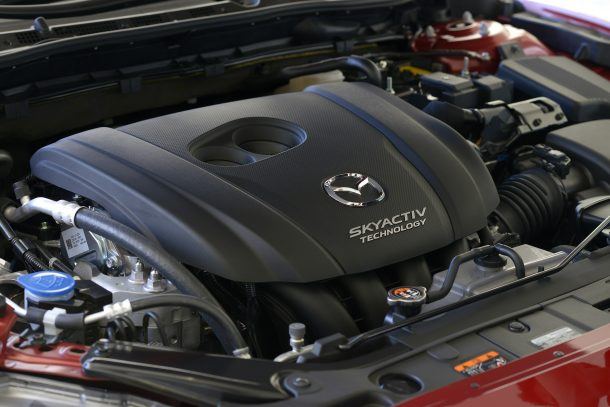

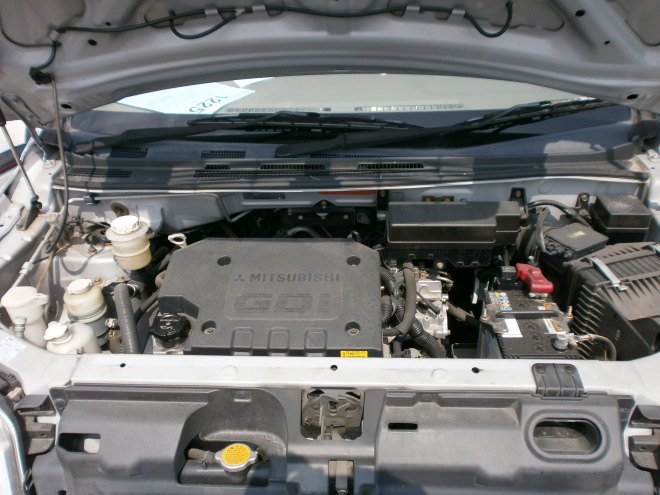






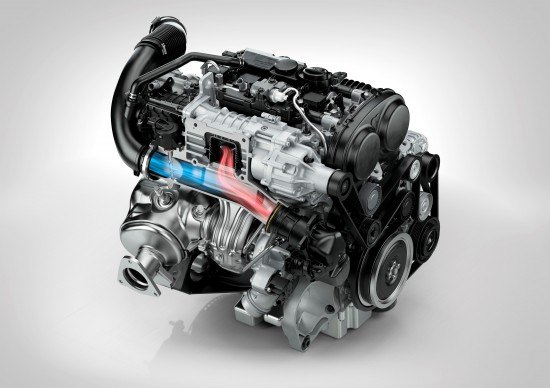
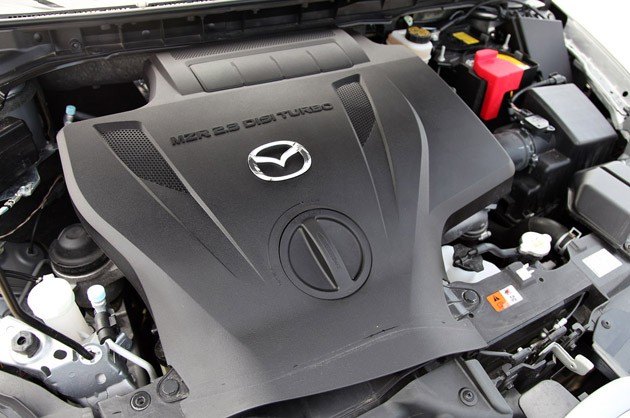

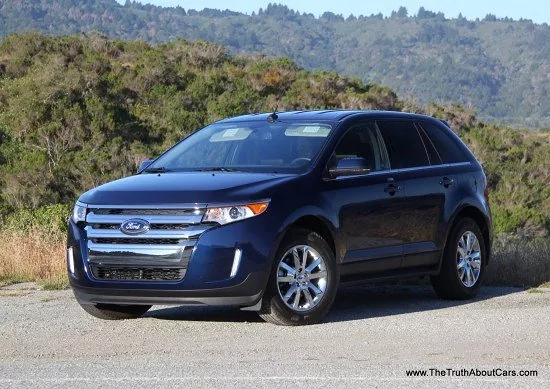












Recent Comments